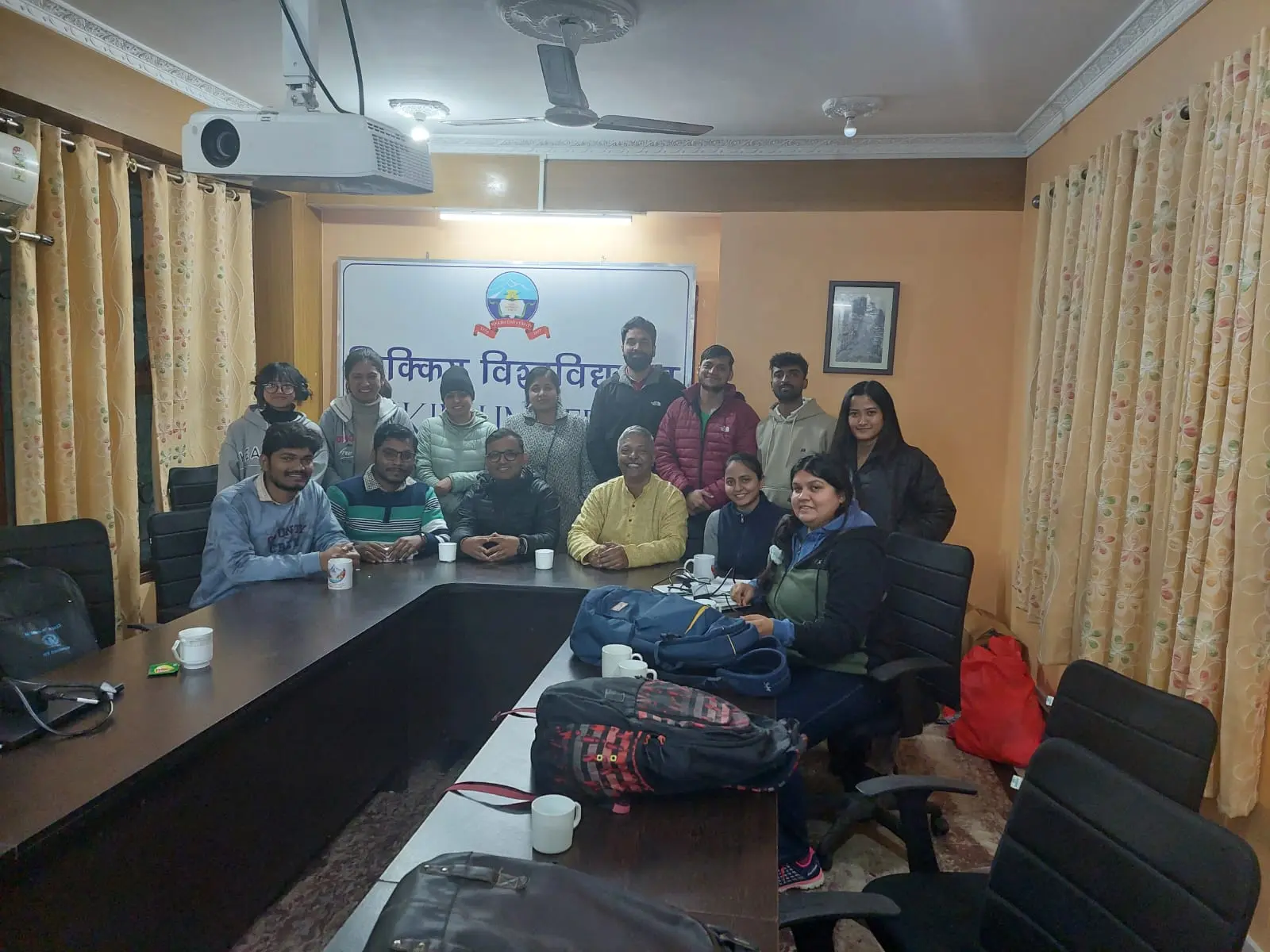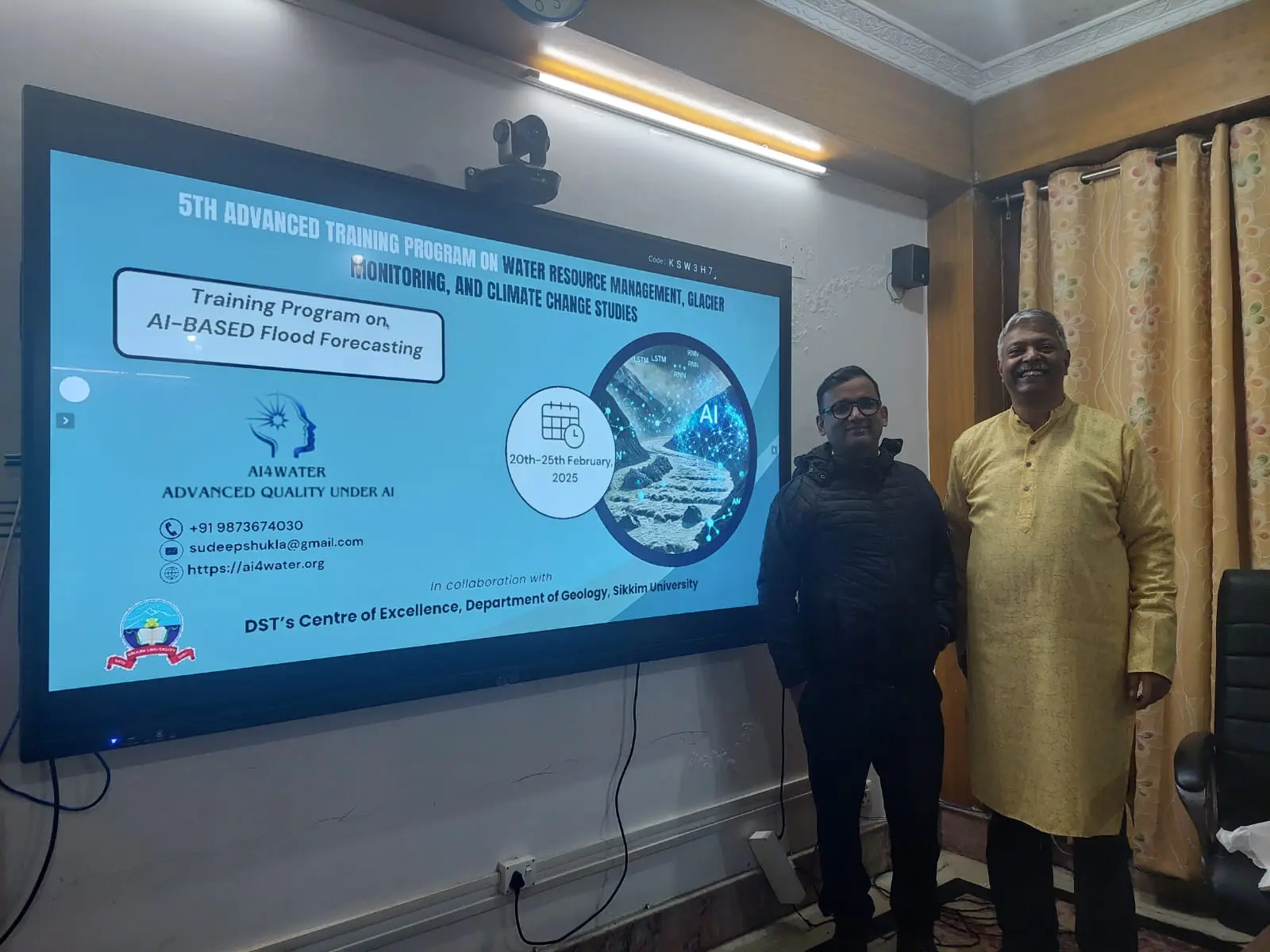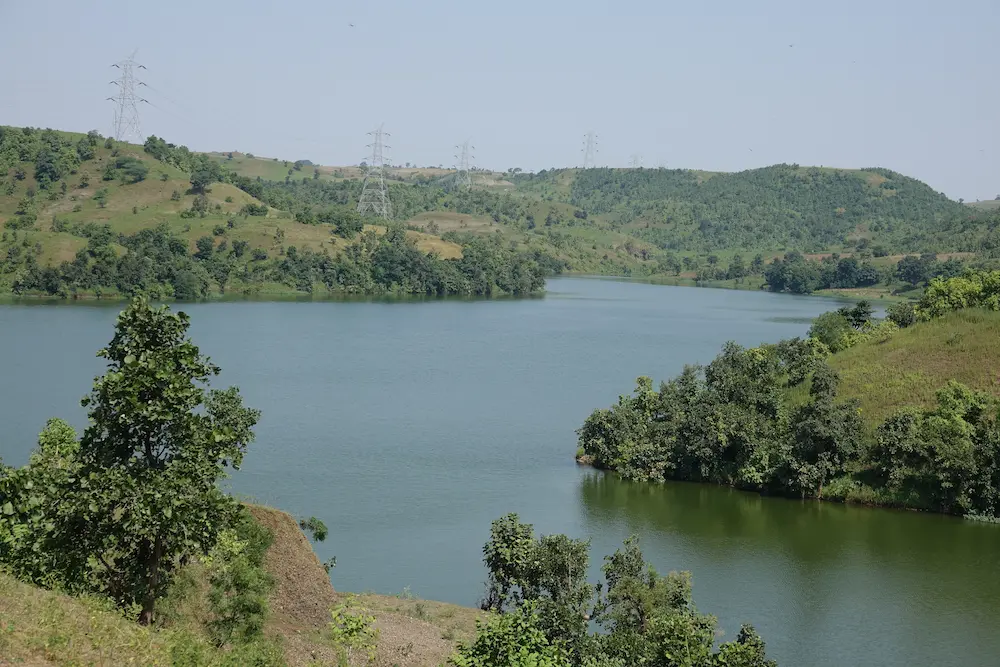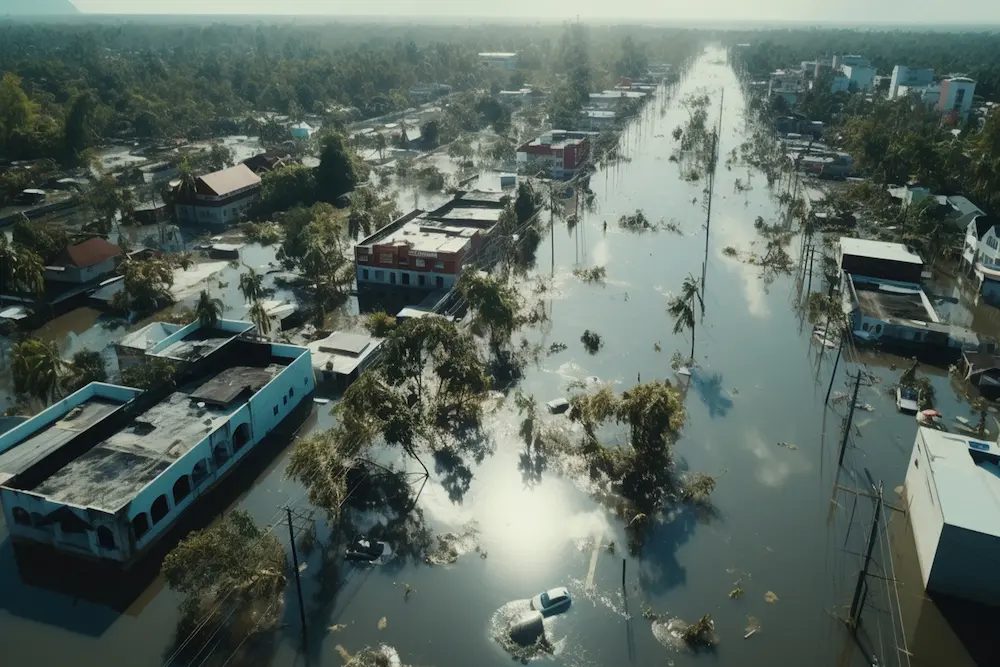
Predictive modeling for climate-driven financial risks
Revolutionizing Engineering with Artificial Intelligence
Climate Risk Analytics for Business
AI-powered risk assessment for Agribusiness, Banking, and Real Estate

Extreme Climate Analytics
Flood, Drought, and Coastal Erosion Prediction using AI and remote sensing
Early warning systems for disaster preparedness
Revolutionizing Engineering with Artificial Intelligence

ESG Analytics & Reporting
Compliance with global standards: GRI, TCFD, SAB, and BRSR
AI-driven Environmental, Social, and Governance (ESG) analytics
Revolutionizing Engineering with Artificial Intelligence

Pollution Analytics & Environmental Impact Assessment
Environmental impact assessment for sustainable planning
AI-based pollution tracking (Air, Water, Soil)
Revolutionizing Engineering with Artificial Intelligence

Urban Water Infrastructure Optimization
Smart infrastructure planning for urban sustainability
AI-driven water resource management
Revolutionizing Engineering with Artificial Intelligence
Welcome to
AI 4 Water Ltd, UK
The world is evolving—climate challenges are reshaping our environment, and AI is unlocking new possibilities. Climate risk is a major challenge, impacting not only development projects but also the sustainable growth of businesses. At AI4Water, we harness the power of artificial intelligence to tackle real-world engineering problems, transforming water management, climate resilience, and sustainability. Our mission is to integrate AI-driven solutions into hydrological and environmental challenges, bridging technology and engineering to create a more adaptive, data-driven future
know More

Our Solutions

AgriClim
AgriClim aligns adaptation and mitigation strategies with climate impacts on crop yields and prices. It provides real-time insights for optimizing agricultural planning and supply chains. The platform enhances resilience against climate variability and market fluctuations.
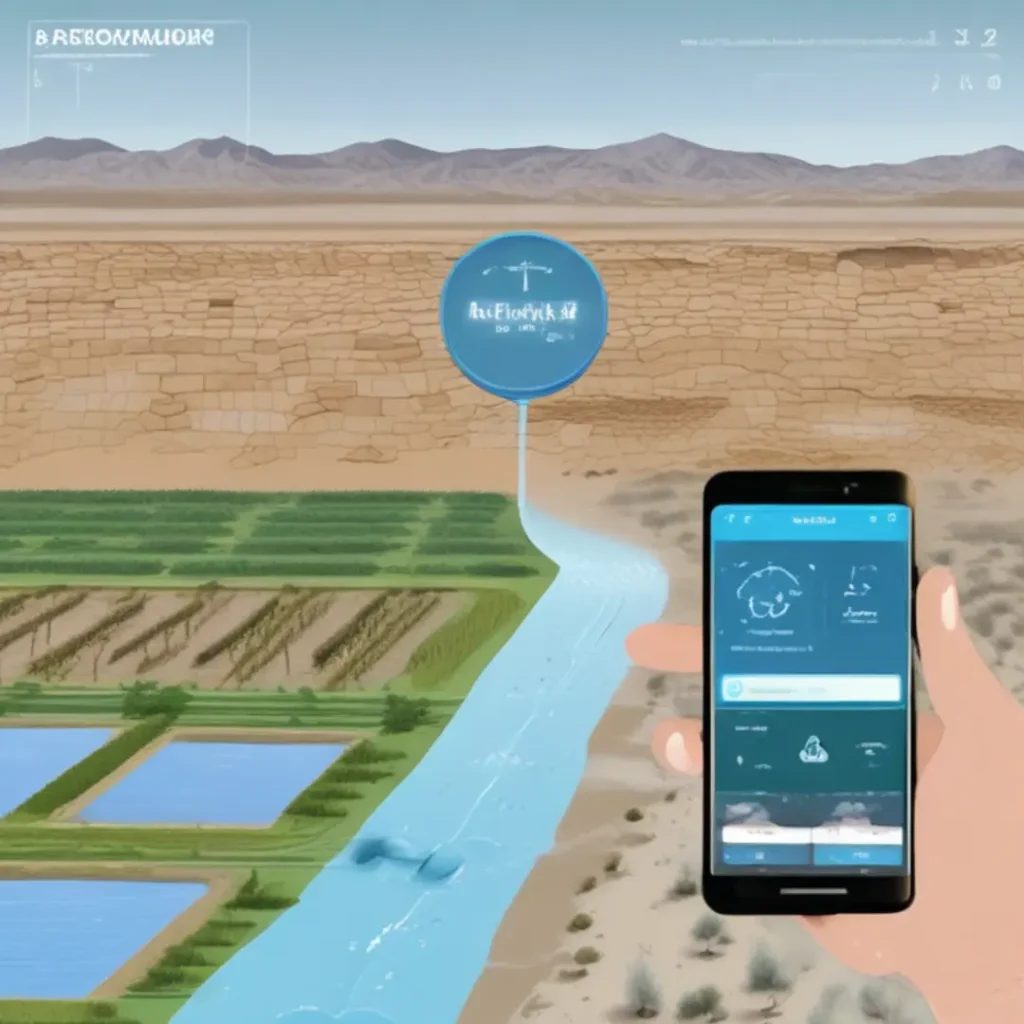
HydroClim
HydroClim is an AI/ML-powered system for flood and drought management, integrating advanced hydrological modeling to predict urban floods and droughts. It provides actionable insights for mitigation and adaptation, helping cities and regions enhance resilience to water-related climate risks.
Key Features

Precision & Accuracy
Advanced AI/ML models ensure highly accurate climate and hydrological predictions.

Real-Time Insights
AI-powered analytics provide instant flood, drought, and crop yield forecasts for proactive decision-making.

Comprehensive Data Integration
Merges satellite imagery, IoT sensors, historical trends, and climate models for robust analysis.

Adaptive & Scalable
Customizable solutions that scale across urban planning, agriculture, and water resource management
Training Updates
AI4Water Ltd has successfully conducted the 5th Advanced Training Program on AI-Based Flood Forecasting, bringing together experts, researchers, and professionals to explore cutting-edge AI techniques in flood prediction. The event provided invaluable insights through hands-on sessions, real-world case studies, and discussions on the future of AI in hydrological modeling, marking a significant step towards innovative climate solutions.
Industries We Serve









